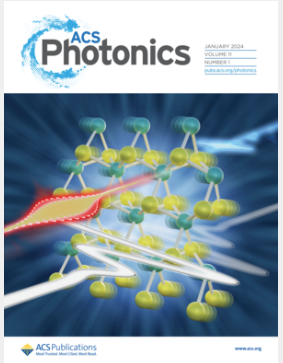Efficient Finite Element Modeling of Light Scattering in Symmetric Structures: A Nondegenerate Case
IF 6.5
1区 物理与天体物理
Q1 MATERIALS SCIENCE, MULTIDISCIPLINARY
引用次数: 0
Abstract
In recent years, advancements in optical scattering of nanostructures have significantly driven the development of telecommunications, medical imaging, detection, and novel light sources. However, due to the structural complexity of nanostructures, particularly metasurfaces and metamaterials, traditional methods of full-wave modeling for simulating optical scattering face substantial challenges due to increased degrees of freedom. In this work, we propose a symmetry-adapted finite element method to reduce the computational domain and enhance the efficiency of optical scattering simulations. By introducing the concepts of symmetry group and projection operator, we offer a formal and rigorous framework for decomposing the original problem, i.e., the incident condition, boundary constraints, and the finite element method implementation in decoupled subtasks. To demonstrate its broad applicability, we present three numerical examples: the enhancement of light confinement via quasi-bound states in the continuum in a photonic crystal slab, the scattering cross sections of incident configurations, and the calculation of transmission spectra in the metasurface. These examples illustrate the use of the symmetry finite element method under different symmetry conditions, including mirror symmetry, rotational symmetry, and the combination of Bloch’s theorem. Our method significantly reduces computation time and memory usage, thereby greatly improving the computational efficiency. Given the universality of symmetry principles, our method has important applications in the optical analysis and design of symmetric photonic devices, especially for symmetric yet large-sized optical structures.

求助全文
约1分钟内获得全文
求助全文
来源期刊

ACS Photonics
NANOSCIENCE & NANOTECHNOLOGY-MATERIALS SCIENCE, MULTIDISCIPLINARY
CiteScore
11.90
自引率
5.70%
发文量
438
审稿时长
2.3 months
期刊介绍:
Published as soon as accepted and summarized in monthly issues, ACS Photonics will publish Research Articles, Letters, Perspectives, and Reviews, to encompass the full scope of published research in this field.
 求助内容:
求助内容: 应助结果提醒方式:
应助结果提醒方式:


